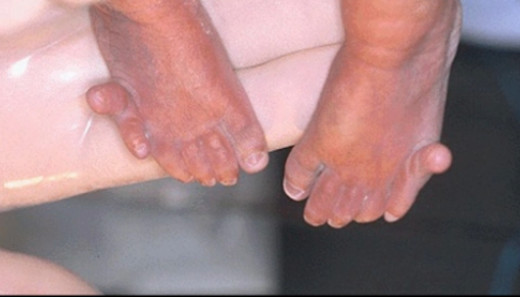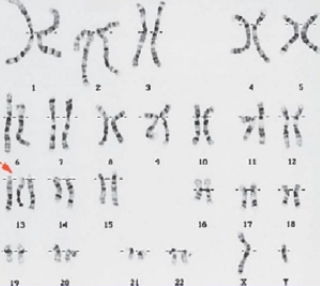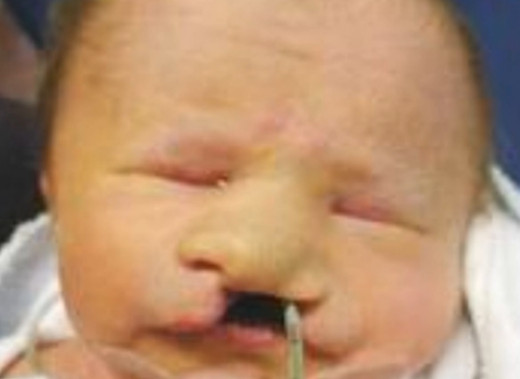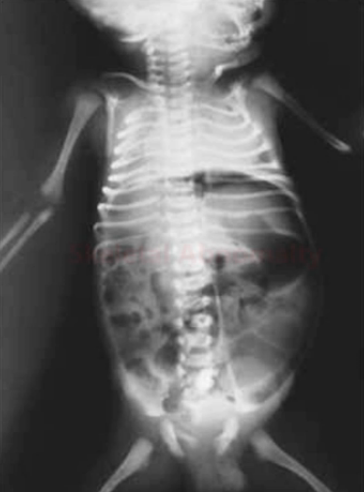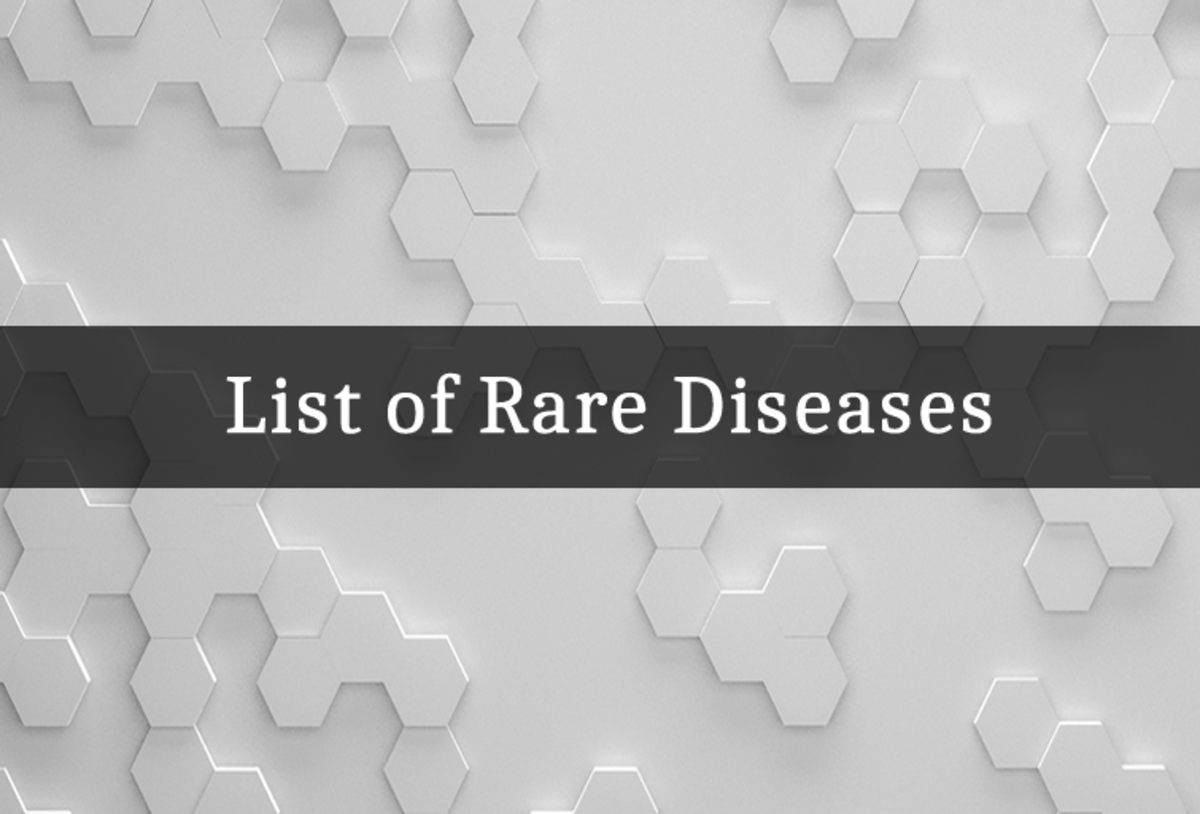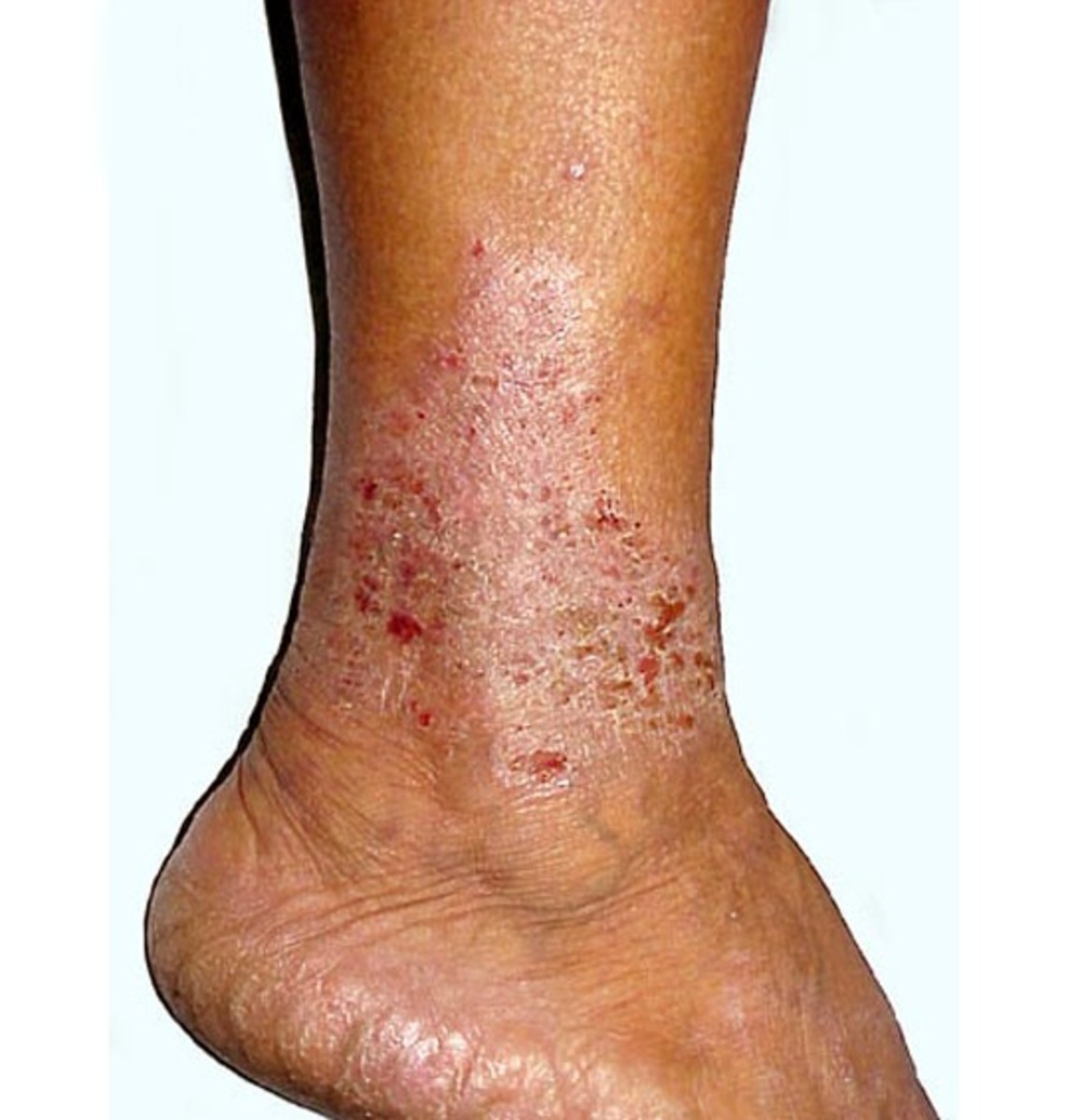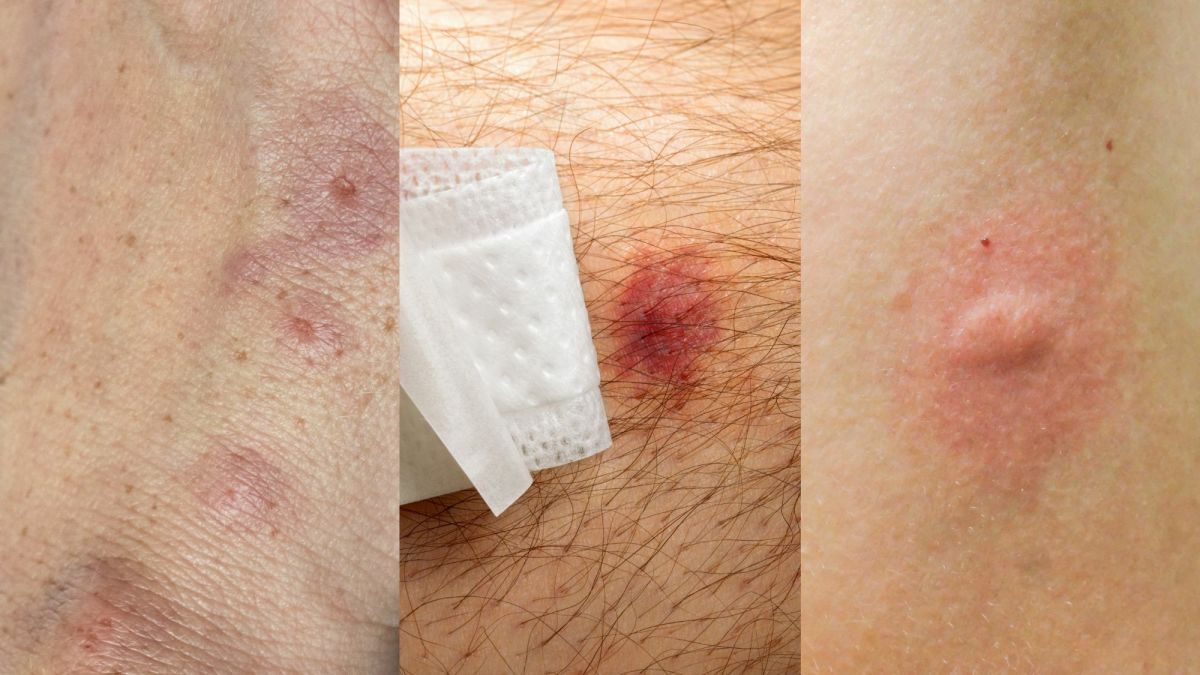Patau Syndrome – Symptoms, Causes, Treatment, Pictures
Patau syndrome is an inherited condition caused due to the occurrence of an additional copy of chromosome 13. Healthy individuals have two copies of chromosome 13, whereas people with Patau syndrome have 3 copies of this chromosome.
Often referred to as Trisomy 13, Patau syndrome may exhibit an extra copy of a part of chromosome 13, or duplicate as a whole, in all the cells of the body. Some individuals with Patau syndrome may experience mosaic mutations wherein the additional copies of chromosome 13 may occur in only some cells of the body.
The extra copy of chromosome 13 can result in intellectual as well as physical anomalies. The signs and symptoms of Patau syndrome are very distinctive and unusual and hence the condition can be easily diagnosed. Some of the symptoms may be easily noticeable, while other defects may occur internally within the body. Some of the abnormalities associated with Patau syndrome include retinal defects, a smaller than normal head, unusually-shaped ears, etc. These symptoms of Patau syndrome may be observed on the affected baby right after birth.
Patau syndrome tends to occur in around 1 in every 10,000 to 16,000 births. In most cases, Patau syndrome is not caused due to hereditary reasons but due to genetic mutations that occur at random during formation of the paternal sperm or maternal egg. As the health complications related to Patau syndrome are quite severe, the baby generally dies a few days or some weeks after birth. Only 5 to 10 percent of affected babies live for up to a year or more.
Symptoms of Patau Syndrome
Infants with Patau syndrome may experience difficulties in eating food, thereby leading to problems in feeding and gaining weight. Affected newborns may also elicit respiratory anomalies such as sleep apnea; physical problems such as a cleft lip, an extra finger or toe, cleft palate, small eyes, and poor muscle mass and tone; and abnormalities of the heart, spinal cord, and/or brain.
Some of the common congenital cardiac defects seen in infants with Patau syndrome are as follows:
- Most babies may suffer from an atrial septal defect, wherein a hole occurs between the top chambers of the heart. This can prevent the heart from functioning optimally and effectively. The heart may not be able to efficiently pump oxygen-abundant blood to different areas of the body.
- Newborns with Patau syndrome may also experience dextrocardia. It is a condition of the heart wherein it is located on the right side of the chest instead of the normal left side.
- Affected babies may also suffer from ventricular septal defect. This abnormal cardiac condition is identified by the presence of a hole between the two bottom chambers of the heart. It can also result in deficient supply of blood from the heart to other regions of the body.
- There is a specific channel in the heart which closes just prior to birth. Infants with Patau syndrome may however experience an incomplete closure of this channel, eventually resulting in patent ductus arteriosis.
Children with Patau syndrome may also experience a variety of other abnormal symptoms as listed below:
- Abnormalities of the skeleton and bones
- The fists may be tightly shut or closed
- Clenched hands may be evident
- Intelligence deficits, including mental retardation
- Hernia
- Scalp defects, including anomalies of the scalp skin
- Male infants with Patau syndrome may have undescended testicles
- The growth and development is generally slower than normal
- Abnormalities of the kidneys
- The palm may have just one single crease
- The lower jaw may be very small
- Scoliosis, i.e. abnormal curvature of the spine may also occur in rare cases
- Hypertension or high blood pressure
- Babies with Patau syndrome may also suffer from gastro-esophageal reflux
- Fits, seizures, or convulsions
- The eyes may be located very close to each other and may appear to be almost merged. The iris may be split, or contain a hole or a cleft.
Causes of Patau Syndrome
Patau syndrome is caused due the presence of an additional copy of chromosome 13. Patients may exhibit an extra copy of only a part of chromosome 13, or a completely new additional copy may be present. The former is referred to as ‘partial trisomy 13.’ In some cases, the additional copy may be attached or translocated onto another chromosome. The extra copy, either partly or wholly, of chromosome 13 may occur in all the cells of the body. It may also occur in only some cells of the body. When the latter is observed then it is known as mosaicism. The additional copy of chromosome 13 is what causes the developmental problems and other abnormalities associated with Patau syndrome.
Most instances of Patau syndrome are not hereditary; the genetic mutation mostly occurs at random during the development of the sperm or the egg, which later combine to form the fetus. A majority of children affected by Patau syndrome tend to elicit the extra copy of chromosome 13 in all the cells of the body, while some may exhibit mosaicism. Babies that have additional copies of chromosome 13 in only some cells of the body will suffer from milder symptoms of Patau syndrome as compared to those patients with trisomy 13 in all the cells of the body.
Treatment of Patau Syndrome
Patau syndrome has not known cure. It is a deadly condition that results in death of the affected child.
Parents can opt for varied prenatal tests and screening methods during pregnancy to identify the presence or absence of Patau syndrome in the unborn baby.
A majority of babies affected by Patau syndrome tend to live for just a few weeks. Hence, the different treatment options are aimed at alleviating the symptoms and preventing the onset of medical complications so as to prolong the lifespan of the newborn.
Doctors may recommend surgical intervention to correct the defects and abnormalities associated with Patau syndrome. However, due to the high mortality rate of the patients, surgery and other treatment methods can only serve the purpose of postponing fatality as far as possible.
Patau Syndrom Pictures
